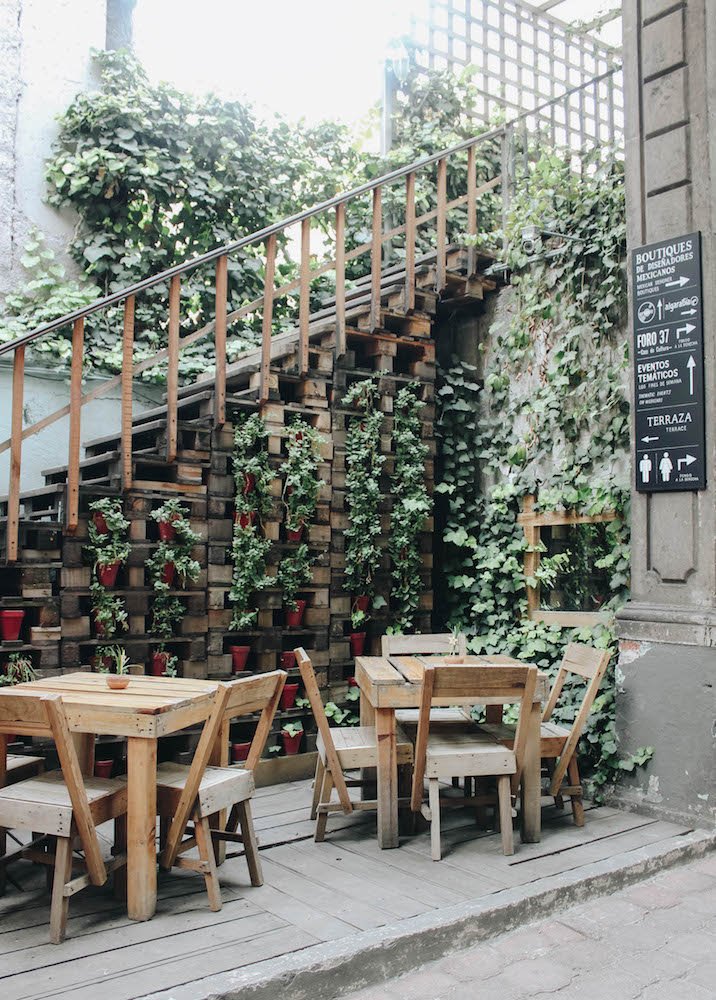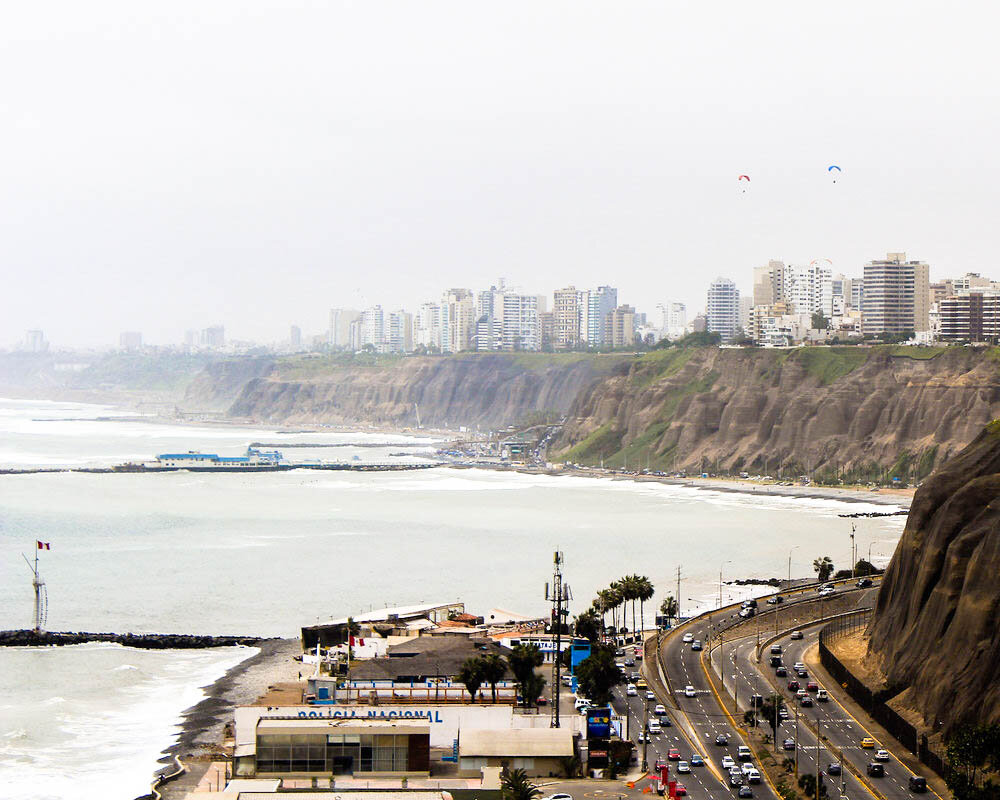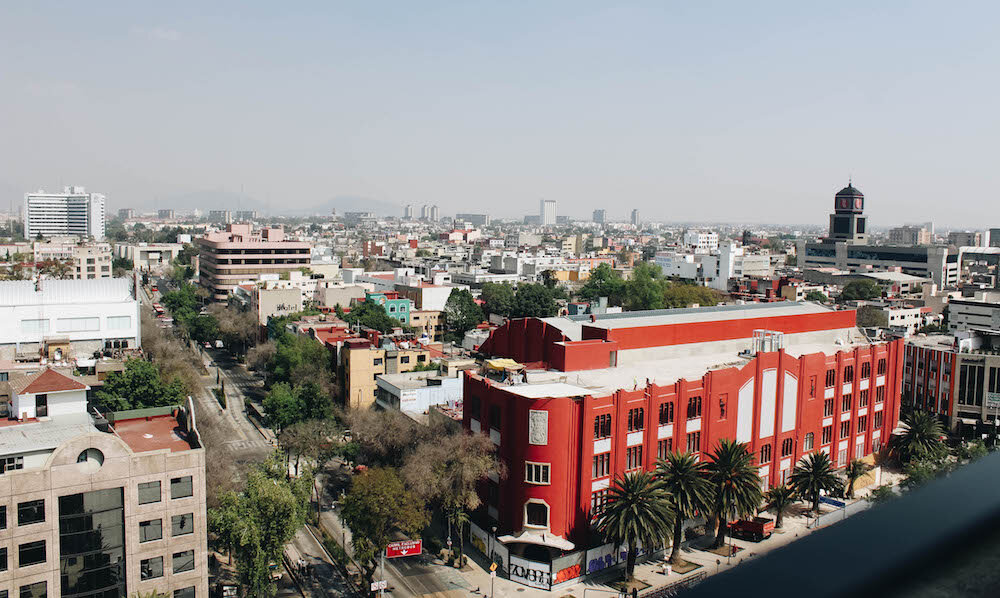
How To Travel Like A Local: Tips From My One-Year Trip Around The Globe
In 2015 my husband and I decided to sell our home, quit our jobs, and backpack abroad for a year.
When planning the trip, we had no idea where we would go or what we would do. While we had discussed possible routes and researched various cities, we boarded a plane to Europe knowing only one thing for certain: we were committed to traveling like locals.
For us, traveling like locals meant avoiding US-based chain hotels, tour operators, and restaurants. It also meant learning important phrases in the local language and participating in, or at least learning about cultural norms and customs. Staying with locals, shopping artisan markets, supporting family-owned restaurants, choosing eco-conscious transportation…these were all ways we found we could practice conscious living abroad, while also reducing our carbon footprint.
Traveling like a local is not only a wonderful way to have an authentic international experience, but it promotes conscious and sustainable tourism, as well as global kinship and respect for different cultures. It’s how we continue to travel, and we hope these tips will inspire others to travel like locals as well.
Stay With Locals, Live Like Locals
“There are no strangers here; Only friends you haven’t yet met.”
During the first week of our travels, we decided to take a bus to the coast of Northern Spain. Once there, we rented a room in an apartment via Airbnb for 10 days. Our host, a local entrepreneur, worked from home so he was around to help us with our Spanish, answer questions about the bus routes, and recommend hiking trails. He shared his kitchen, invited us to watch fútbol games on tv, and lent us his surfboards. Without his hospitality and guidance, our experience in Northern Spain would have been entirely different and lacked a personable touch. Furthermore, it was gratifying to know our dollars were going directly back to our new friend.
In Argentina, we were fortunate enough to stay for a week with a local family. We found the accommodation via HostelWorld, although it was definitely not a hostel, rather a couple’s home. They cooked us a warm breakfast each morning and allowed us to do our laundry and store our luggage while camping in the mountains. And in Nicaragua, we stayed in a colonial mansion with a retired doctor – a space we found once again on Airbnb. Each morning we drank coffee together in the courtyard and one day he even invited us to visit his avocado farm in the countryside.
Renting a room in someone’s home, at least for your first few nights, is a great way to meet locals and experience life in a new place. While there are mixed reviews about the short-term rental impact on local economies and job stability, renting a room rather than an entire place allows travelers to connect with locals in an already occupied home. Another shared accommodation experience is CouchSurfing. A website for travelers to meet hosts all around the world, Couchsurfing is free and an easy way to quickly make new friends abroad.
On the days we did want privacy, Trusted House Sitter was a great resource for finding house sits; we also used travel forums to gather recommendations for locally-owned and operated boutique hotels and hostels.
If you want to travel like a local, start your journey by staying with locals. Hotels offer comfort and luxury, but staying in someone’s home allows you to experience first-hand authentic life abroad.
Leave Your Plans And Expectations At Home
“A good traveler has no fixed plans and is not intent on arriving.”
One of the biggest takeaways from our year of travel was learning not to book anything in advance (apart from our accommodations). We are often asked how we found local tour operators prioritizing sustainability. The answer: we planned everything after we had arrived.
Our accommodation hosts were always a huge help in connecting us with local guides—sometimes they even offered to show us around themselves. Shop owners and bus drivers also directed us to the right place and referred us to sustainable tour operators. When all else failed, online travel forums (Lonely Planet, Fodor’s, and Trip Advisor were our favorites) or connecting with other backpackers in hostels steered us in the right direction. For example, we were able to connect with a Sherpa, or trekking guide, in Nepal via a family friend who had lived in Kathmandu. Because the organization was very small and local we were able to ensure our Sherpa received proper treatment and payment for his guidance on our climb. In the end, he became a close friend who invited us to his home.
Showing up without expectations was also essential to having a local experience. We rarely had plans or a checklist of places to see; this allowed for spontaneous adventures like taking a boat tour with a Chilean family in Patagonia and volunteering for eight weeks at an eco-lodge in Thailand. We found that our best, most memorable experiences were unplanned and unscripted. They were also often free.
Speak The Local Language
“Language is the road map of a culture. It tells you where its people come from and where they are going.”
If there is one piece of advice we have for traveling like a local, it would be to learn a few phrases in the local language – it’s a game changer.
For us, we spent almost six months traveling in Latin America. Learning Spanish was not only important for getting around, but necessary for furthering communication and relationships with locals. We were traveling for an entire year, so it was practical for us to dedicate six weeks to intensive language school. We enrolled in courses in Medellin, Colombia and purposefully rented an apartment in a very local area of the city. This forced us to speak Spanish with everyone, pushing us to learn quickly. Some of our fondest memories and conversations from our year abroad happened in Spanish; now we can’t imagine traveling somewhere without knowing at least a few phrases in the local language.
If you don’t have the time or finances to invest in courses abroad, language apps are a great way to learn quickly. Duolingo and Babbel were favorites during our travels, as well as Spanish podcasts, music, and movie subtitles (travel tip: turn the subtitles on for your in-flight flicks). You can also begin learning a language before you travel by taking advantage of courses or conversation groups in your community.
Learning key phrases – especially greetings and manners – will improve the quality of your experience and show locals respect; this is a wonderful way to practice conscious travel.
Use Local Transportation
“Walking is mapping with your feet. It helps you piece a city together, connecting up neighborhoods that might otherwise have remained discrete entities, different planets bound to each other, sustained yet remote. ”
Watch how the locals get around. This was a very important travel tip passed down to us before our year abroad. If you want to travel like a local, observe how people get around. Is everyone walking? Is there a metro or train everyone takes? Are you in a bike friendly city?
For every city we visited, we made a conscious effort to avoid tourist transportation. We chose city buses over private taxis; we walked instead of driving a car. And if we did rent a vehicle or hail a cab, we used local companies and apps. In South America for instance, everyone uses the app EasyTaxi. In Thailand, Songthaews, or pickup trucks converted to shared transportation, are the most common way to get around. And in Scandinavia, we loved renting a car to explore via Rent-A-Reck. Renting out affordable and older vehicles, the company offers a smart and more sustainable alternative to driving new cars.
Ride shares are also popular abroad and a wonderful way to make new friends. In Norway, we met two Israeli friends who invited us to join their car camping expedition across Scandinavia. We found carpooling to be a fun, affordable, and an environmentally sustainable way to get around. Bla Bla Car is a fantastic app commonly used amongst travelers and locals to coordinate such ride shares.



